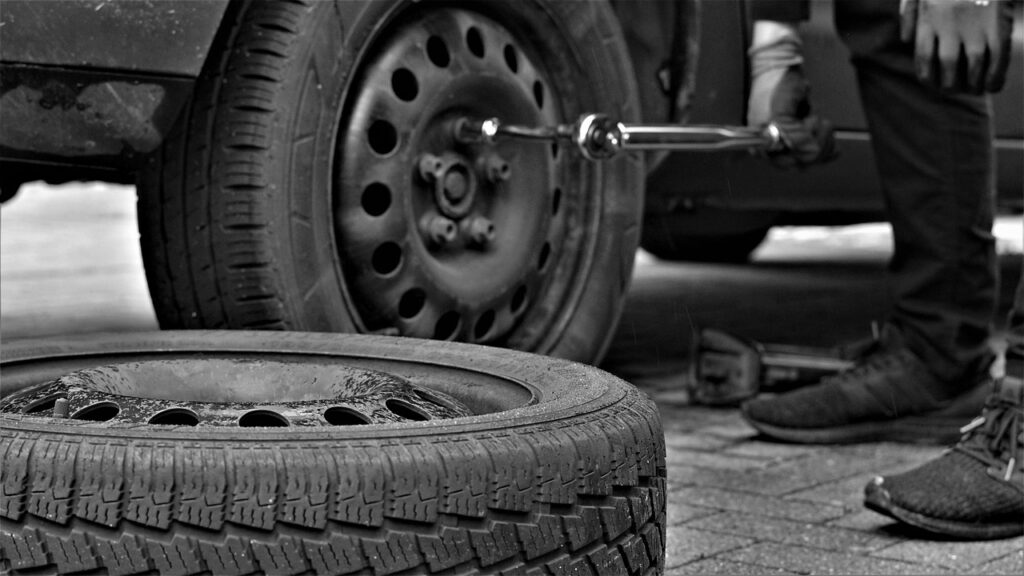Tires are such an important part of a vehicle. They affect safety, performance, and how far an automobile can go on a gallon of fuel. And there's a simple reason for that: Tires have the biggest contact patch with the road. Changing them at the right time can prevent accidents and lead to savings in not just money but also time and hassle. But is there a precise moment when a driver should put new tires on a vehicle? Tread wear is the obvious factor, but other considerations include the condition and age of the tire, the season, and driving conditions.
Tread wear is the most straightforward indicator signaling the need for a tire change. As it diminishes, the tire's performance is diminished, and its necessary grip on the road—the sole purpose of the tread—becomes inadequate. This common situation can be assessed in several ways. One is a simple gauge. We can use the penny test. To perform it, take a penny and insert it into the tread with Lincoln's head facing down. If you can see the top of his head, the tread is too worn, and the tires should be replaced. The tread depth at which most experts recommend changing the tire is 2/32 of an inch. If you don’t have a gauge or a penny and don’t want to perform the test with a dime, then you could walk around your vehicle for a moment and listen. Tires that need to be changed sound different.
The age of the tires is another key thing to think about. Even if the tread seems fine, tires can deteriorate over time. Most manufacturers recommend replacing tires every six years, no matter the age. After ten years, even if the tire could pass a visual inspection, it should be replaced. Drivers should also consider the amount of time the vehicle has been in operation and the amount of time the tires have been in use, and then assess that against the recommended time frame for tire replacement. Checking the manufacturing date of the tire can help a driver assess how old the tire is that they're looking at.
When to change tires is also affected by the type of season and the kind of weather characteristic of the area. The most dangerous time to drive is in winter weather, ratcheting up the necessity of having winter tires to get proper traction on snowy and icy roads. Winter tires are safe and essential, but they are meant to be used under certain conditions. In anything above 45° F, a tire labeled "winter" could be dangerously treaded for the conditions if you're using it as you would an ordinary, all-season tire. Enhanced safety is a good reason to change tires according to season. Another rationale, though, is tire longevity.

Tire life can be affected by driver behavior and road conditions. Accelerating, decelerating, and cornering are normal driving actions that tend to wear out the tire's tread. Potholes and other rough road conditions can cause tires to wear unevenly or to fail altogether. Of late, several manufacturers have installed tire pressure monitoring systems in cars. These electronic devices are important because under-inflation and over-inflation can lead to blowouts, poor fuel economy, and other situations that may necessitate more frequent tire changes.
To sum up, understanding the appropriate time to replace tires is crucial for ensuring a vehicle's continued safety and good performance. Drivers need to regularly check tire tread depth, keep an eye on tire age, think about the season they're in, and pay attention to the driving conditions they're currently experiencing or about to experience. They're practices that any driver should carry out, and they're particularly pertinent to anyone thinking about your continued safety and good vehicle performance. And yes, the next time you or I would be thinking about "regular inspections," which would contribute to the next "tire change," the next "safety" (and yes, I "safely" drove 568 miles to Indianapolis and back this weekend) happening in the continued existence of your vehicle.